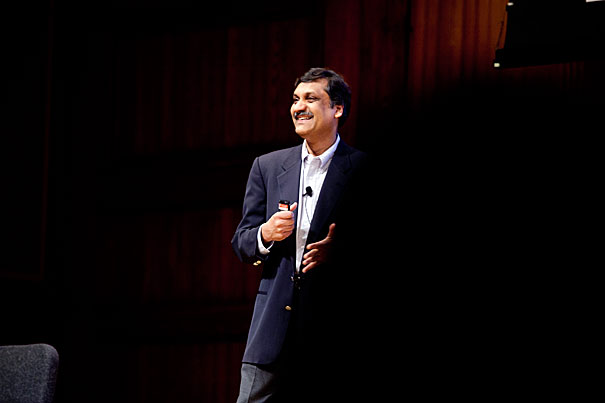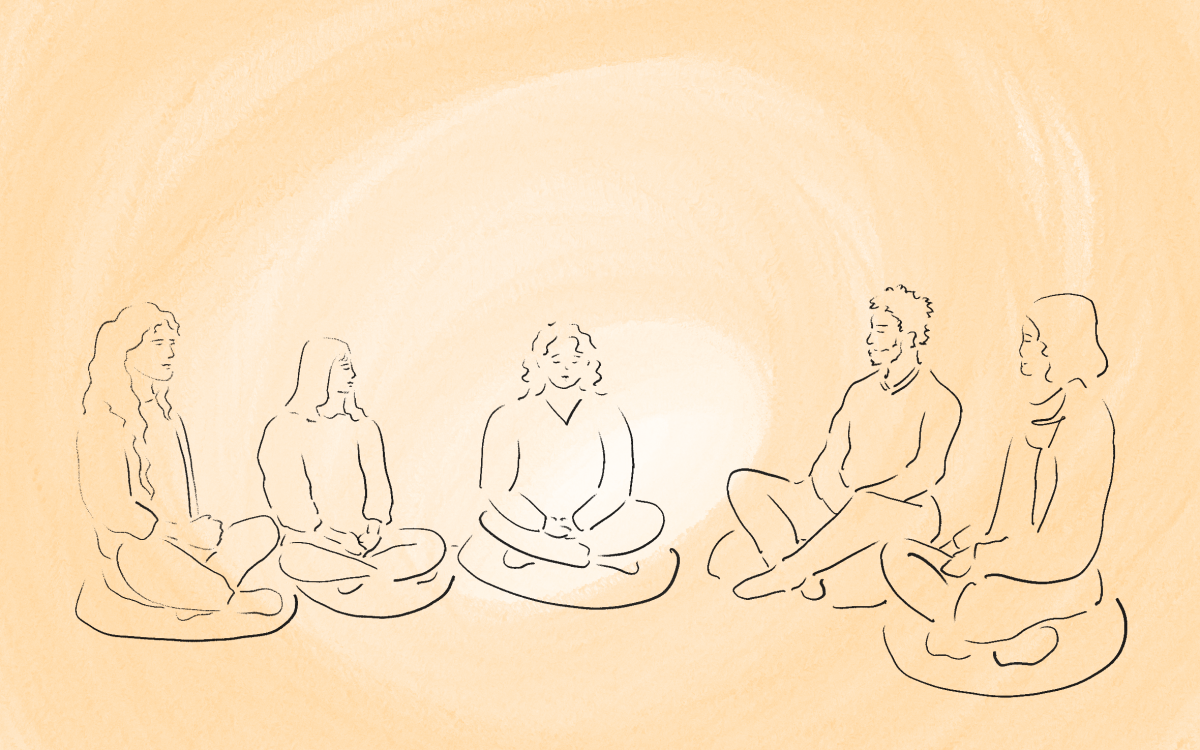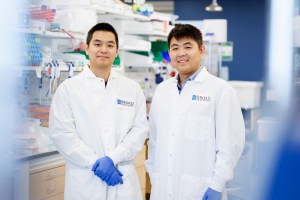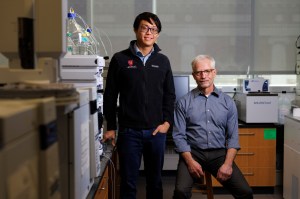Science & Tech
-
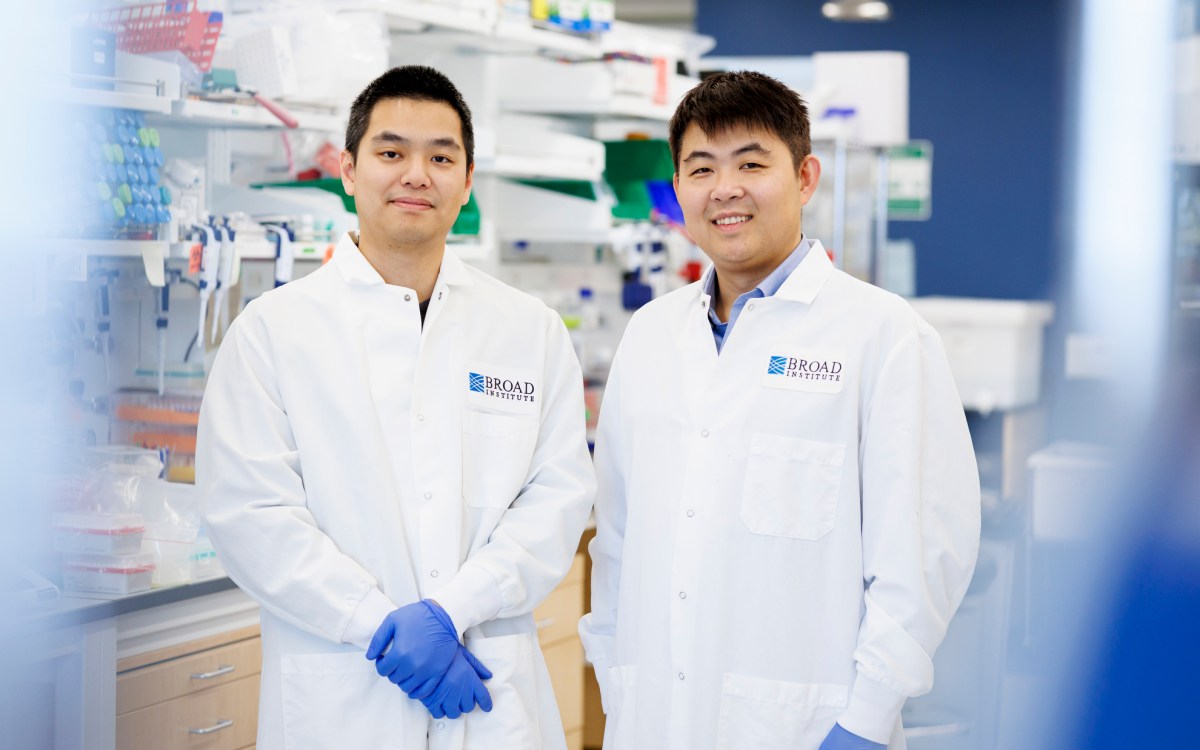
How did that cancer cell become drug-resistant?
Researchers find way to create microscopic archives of gene activity to gain insights into how, why changes happen

-
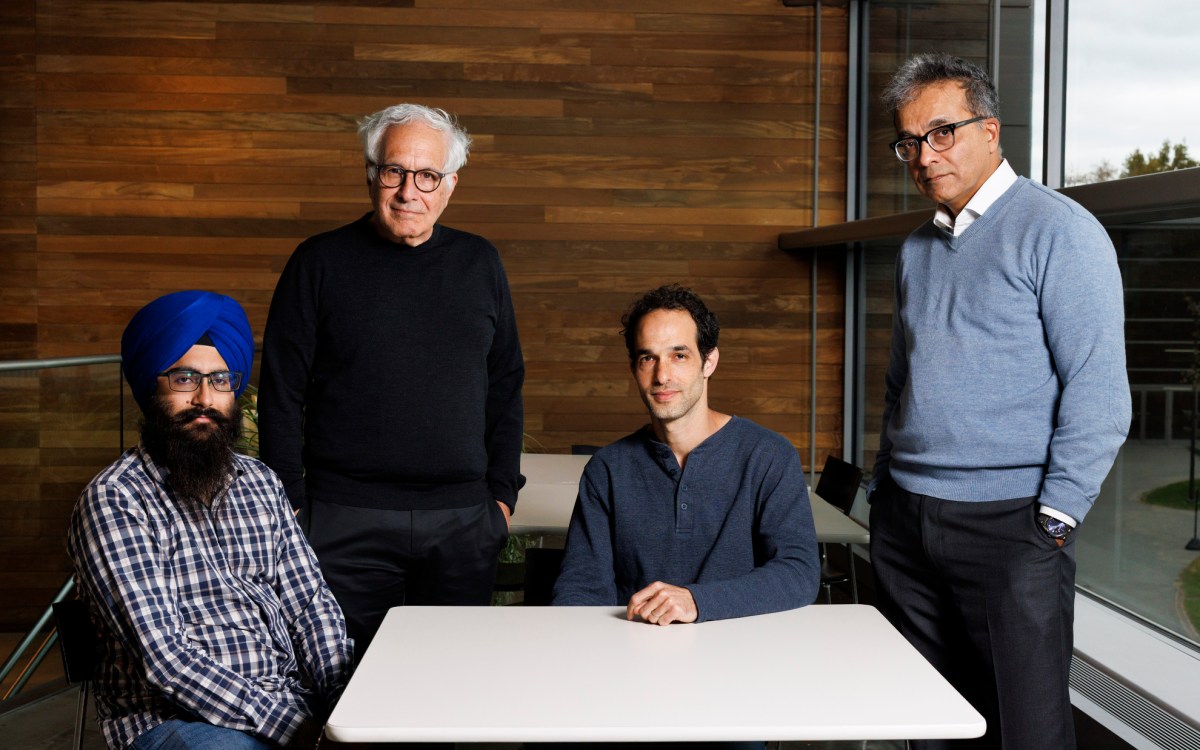
Want to speed brain research? It’s all in how you look at it.
New AI-enhanced scanning method promises to boost quest for high-resolution mapping
-

-

‘It just feels good when you solve the hard problems’
Why do students volunteer to take this notoriously difficult math exam? For the fun of it.
-
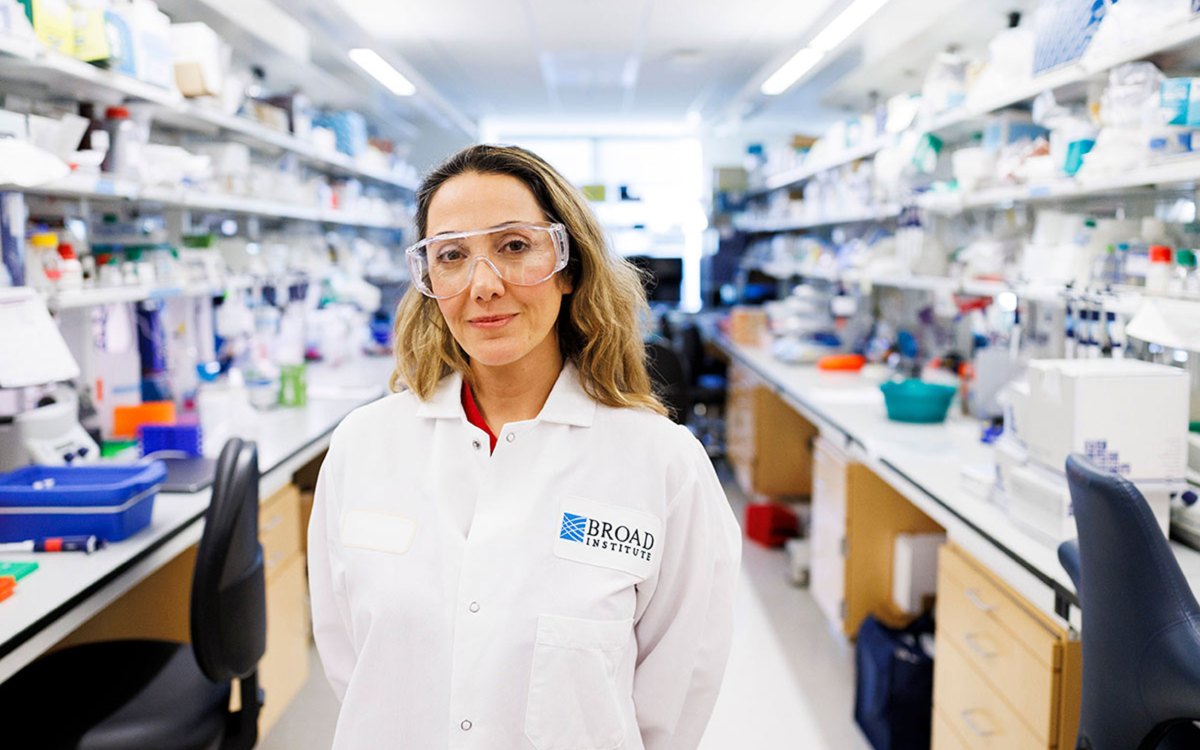
Stopping the next pandemic
Disease surveillance network faced ‘existential cliff’ despite proven success. Then came the $100 million.
-

Rethinking — and reframing — superintelligence
Microsoft researcher says separating AI from people makes systems dangerous and unproductive
-
Listening for clues
Baby songbirds learn to sing by imitation, just as human babies do. So researchers at Harvard and Utrecht University, in the Netherlands, have been studying the brains of zebra finches — red-beaked, white-breasted songbirds — for clues to how young birds and human infants learn vocalization on a neuronal level.
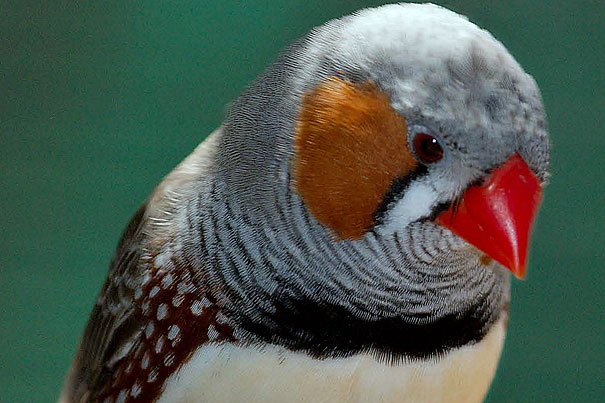
-
Butterflies heading north
A Harvard study reveals that over the past 19 years, a warming climate has been reshaping Massachusetts butterfly communities.
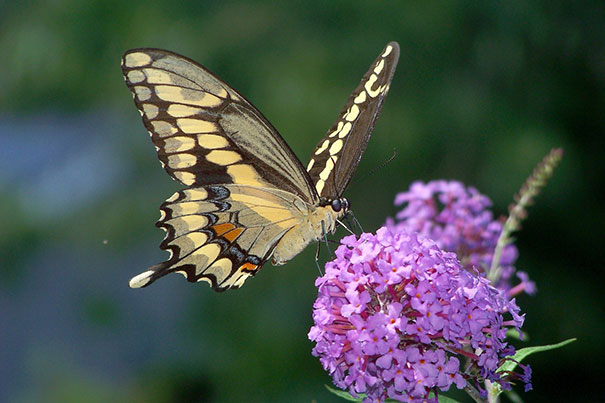
-
Using evolution to understand pollution
A tool rarely used to understand the impact of pollution on the natural world is evolution, an oversight that an environmental toxicologist says is robbing investigators of important information.
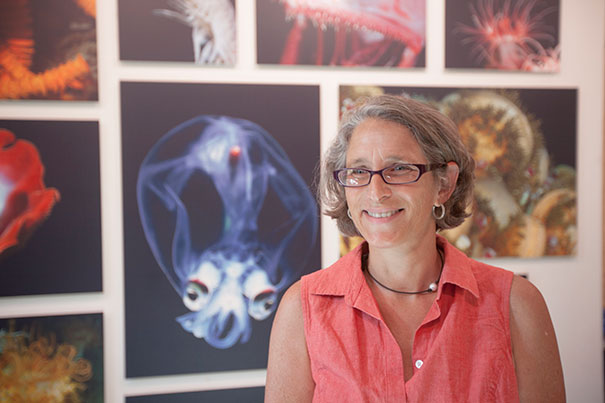
-
Soft robots go for color, camouflage
Researchers have developed a system — inspired by nature — that allows soft robots to either camouflage themselves against a background, or to make bold color displays. Such a “dynamic coloration” system could one day have a host of uses, ranging from helping doctors plan complex surgeries to acting as a visual marker to help search crews following a disaster.
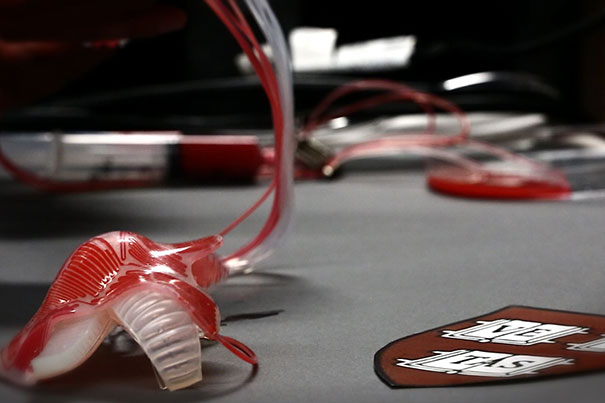
-
Soft Robots, in color
Having already broken new ground in robotics with the development, last year, of a class of “soft”, silicone-based robots based on creatures like squid and octopi, Harvard scientists are now working to create systems that would allow the robots to camouflage themselves, or stand out in their environment.
-
Re-creating a slice of the universe
Scientists at the Harvard-Smithsonian Center for Astrophysics and their colleagues at the Heidelberg Institute for Theoretical Studies have made it possible to build a universe from scratch.
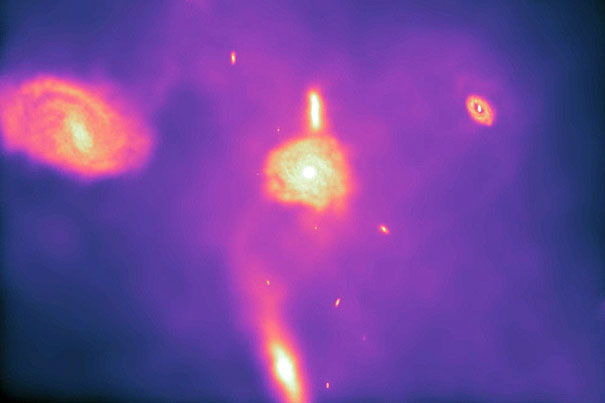
-
Making sense of memory
It happens to all of us: We think we learned of the Sept. 11 attacks from a radio report, when, in fact, the news came from a co-worker; we’re sure the robber running from the bank was tall, when actually he was short; we remember waking up at 7 yesterday, when 8 is closer to the truth. Such “false memories,” unavoidable in everyday life, can have disastrous consequences in courtrooms and other settings where exactitude matters.
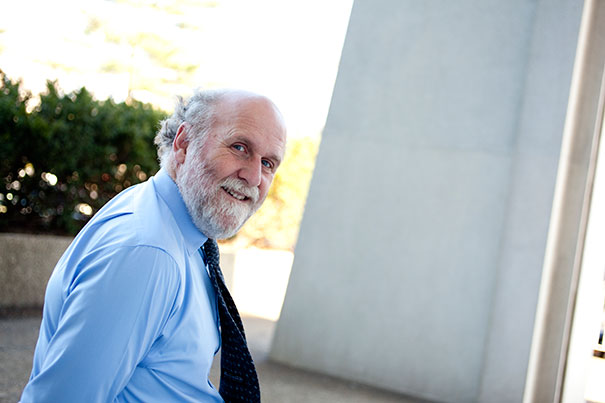
-
Deep glow
Dancers and scholars explored the art and science of bioluminescence during “Living Light” July 31 at the Science Center.

-
Action figures come to life
A group of graphics experts led by computer scientists at Harvard have created an add-on software tool that translates video game characters — or any other three-dimensional animations — into fully articulated action figures, with the help of a 3-D printer.
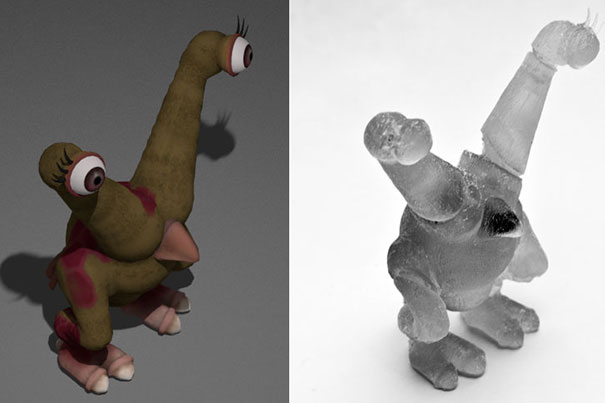
-
When microbes make the food
A Harvard Summer School class spurs learning through food, by examining how microbes — bacteria and fungi — can help as well as harm when they get into food, doing much of the work preparing cheeses, beer, soy sauce, and even chocolate.
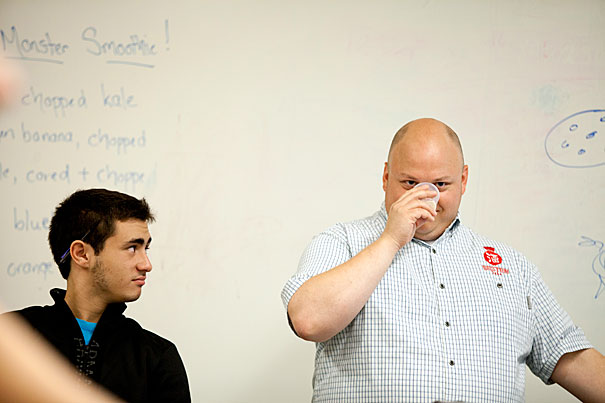
-
Airborne pollutants lead a double life
Researchers at Harvard University and the University of British Columbia (UBC) have provided visual evidence that atmospheric particles — which are ubiquitous, especially above densely populated areas — separate into distinct chemical compositions during their life cycle.
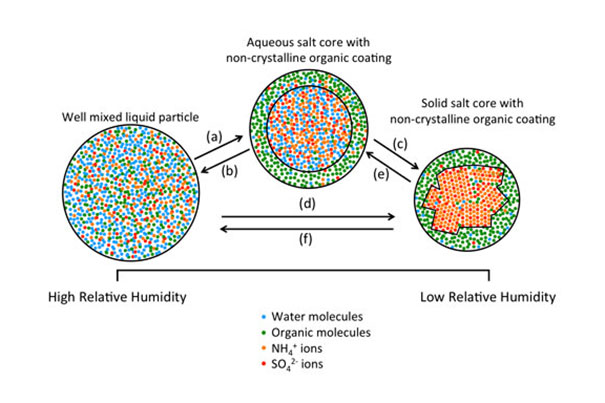
-
Concerns about climate change, health
A team of researchers led by James G. Anderson, the Philip S. Weld Professor of Atmospheric Chemistry, warns that a newly discovered connection between climate change and depletion of the ozone layer over the U.S. could allow more damaging ultraviolet (UV) radiation to reach the Earth’s surface, leading to increased incidence of skin cancer.
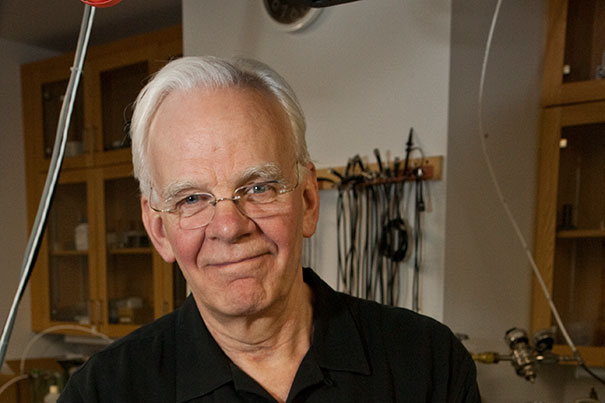
-
Stages of superconductivity
Harvard physicists say they have unlocked the chemical secret that controls the “fool’s gold” of superconductivity, a “pseudogap” phase that mimics, but doesn’t have all the advantageous properties of, superconductivity.
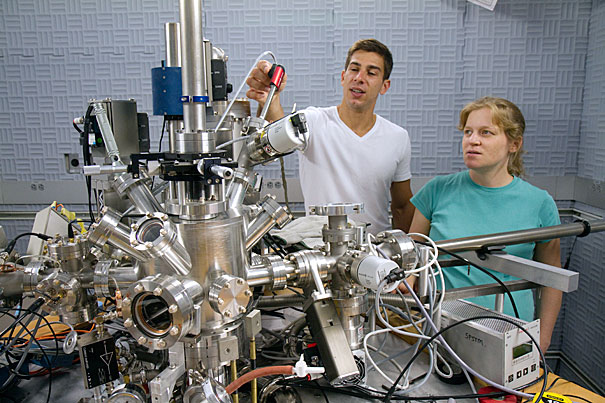
-
Mystery of Native Americans’ arrival
Research led by scientists at Harvard and University College London has shown that Native Americans arrived in three waves of migration, not one, as is commonly held and that at least one group returned home to Asia.
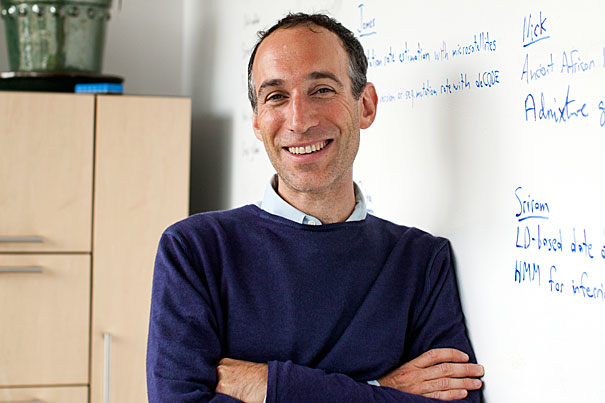
-
NaCl to give way to RockSalt
A team led by Harvard computer scientists, including two undergraduate students, has developed a new tool that could lead to increased security and enhanced performance for commonly used Web and mobile applications.
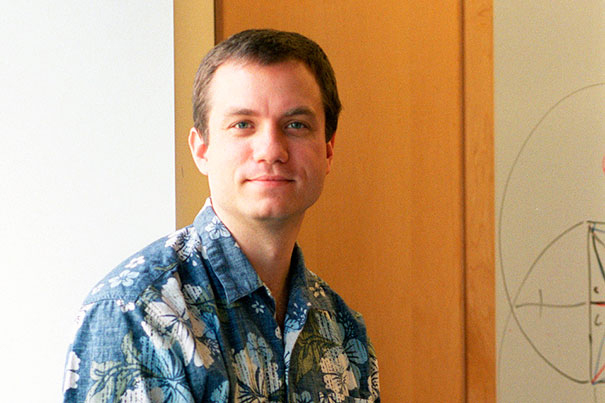
-
Smart suit improves physical endurance
Harvard’s Wyss Institute for Biologically Inspired Engineering announced that it has received a $2.6 million contract from the Defense Advanced Research Projects Agency (DARPA) to develop a smart suit that helps improve physical endurance for soldiers in the field.
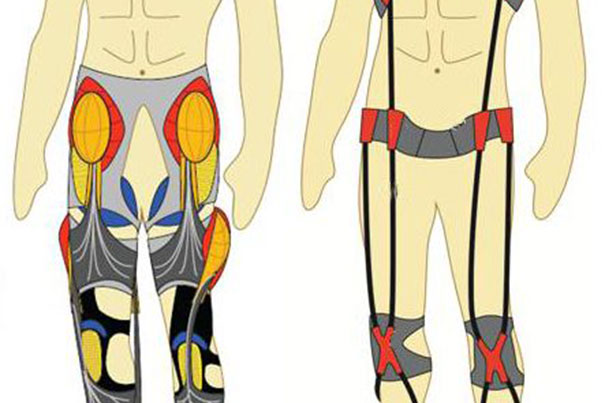
-
When the beat goes off
Rhythm research has implications for both audio engineering and neural clocks, said Holger Hennig, a postdoctoral fellow in the laboratory of Eric Heller in the Physics Department at Harvard, and first author of a study of the Ghanaian and other drummers in the journal Physics Today.
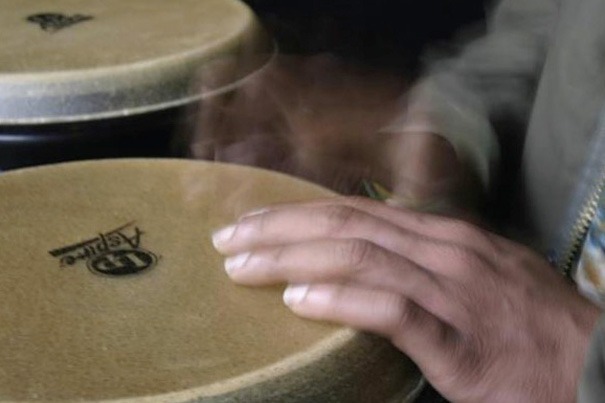
-
To clean up the mine, let fungus reproduce
Harvard-led researchers have discovered that an Ascomycete fungus that is common in polluted water produces environmentally important minerals during asexual reproduction.
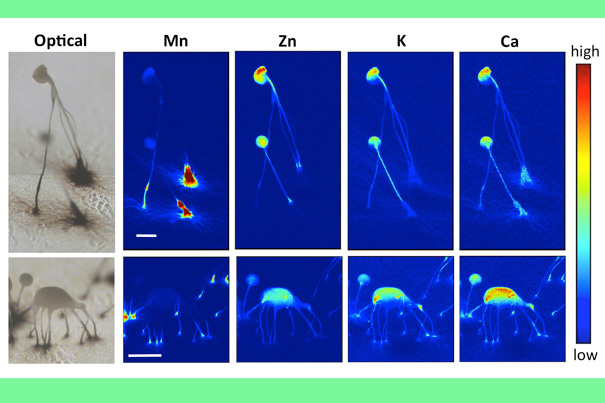
-
Helping hunt for the Higgs
For decades, it has been the holy grail of particle physics, an elusive subatomic particle that offered the tantalizing possibility of explaining how much of the universe works. Billions of dollars have been spent in the search for it. Thousands of researchers — including dozens from Harvard — have conducted trillions of experiments as part of the hunt for its telltale signature.
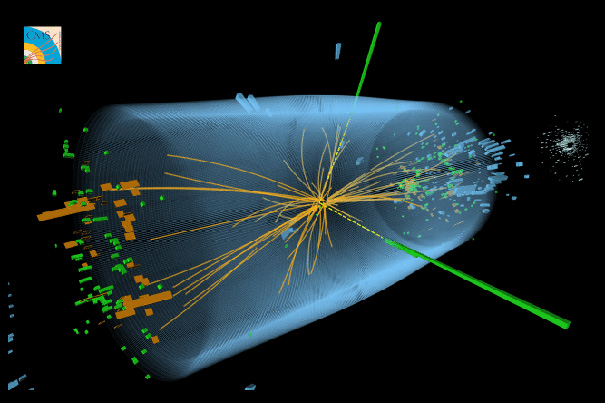
-
Carbon counter
Atmospheric scientists at the Harvard School of Engineering and Applied Sciences (SEAS) and Nanjing University have produced the first “bottom-up” estimates of China’s carbon dioxide (CO2) emissions, for 2005 to 2009, and the first statistically rigorous estimates of the uncertainties surrounding China’s CO2 emissions.
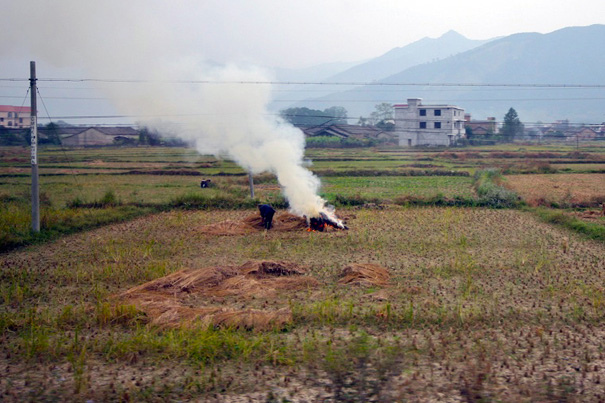
-
Quantum computing, no cooling required
Using a pair of impurities in ultra-pure, laboratory-grown diamonds, researchers have created room-temperature quantum bits and have stored information in them for nearly two seconds — an increase of nearly six orders of magnitude over the life span of earlier systems. The work, described in the June 8 issue of Science, is a critical first step in the eventual construction of a functional quantum computer, as well as a host of other potential applications.
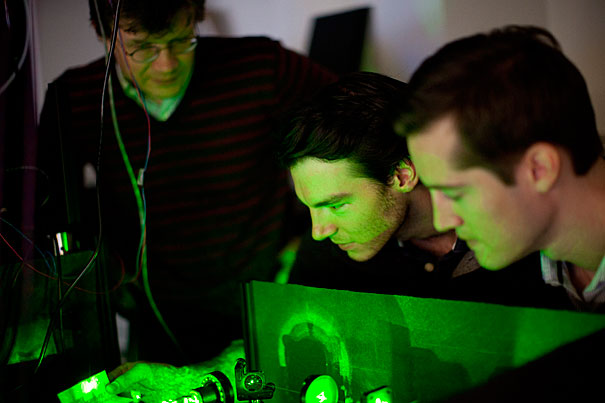
-
Images from long ago or far away
A new exhibition at the Peabody Museum of Archaeology and Ethnology traces the development of photography and its use in anthropology from the beginnings of both fields in the 1800s to the present.
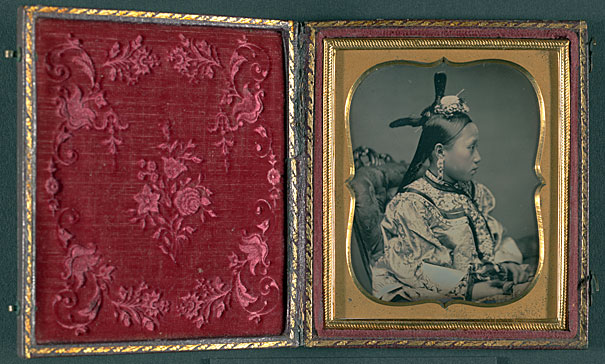
-
Fuel cell keeps going after hydrogen runs out
Materials scientists at Harvard have demonstrated that a solid-oxide fuel cell (SOFC), which converts hydrogen into electricity, can also store electrochemical energy like a battery. This fuel cell can continue to produce power for a short time after its fuel has run out.
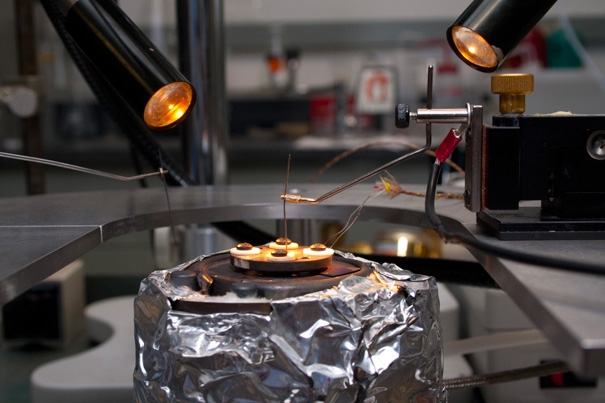
-
Planet probe
In a paper published in the June 7 issue of Nature, Associate Professor Sujoy Mukhopadhyay presents evidence that the Earth’s deep mantle incorporated gas found in the solar nebula in the first few millions of years of the solar system’s formation.
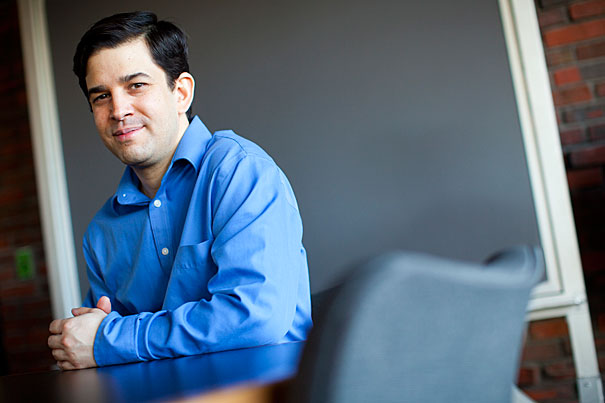
-
Desert mystery
In a talk at Harvard’s Semitic Museum, archaeologist Robert Mason described the discovery of mysterious rock formations near an ancient monastery in Syria.
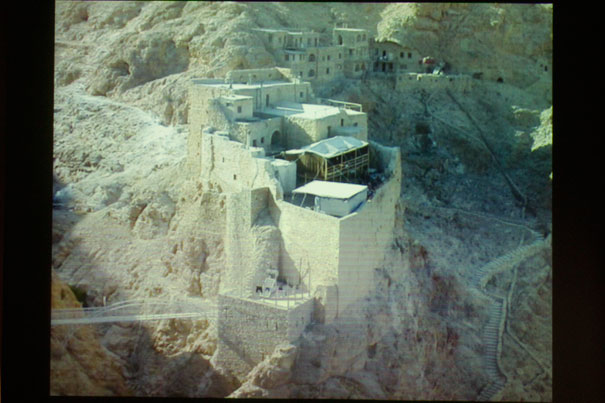
-
Now, ice won’t stick
A Harvard team of researchers has invented a way to keep any metal surface free of ice and frost. The treated surfaces quickly shed even tiny, incipient condensation droplets or frost, simply through gravity.
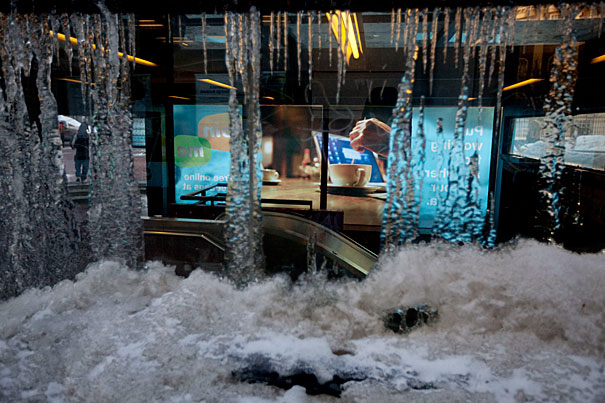
-
Using nature to inspire robotics
The annual symposium of the Wyss Institute for Biologically Inspired Engineering, held at Harvard Medical School, prompted a spirited discussion on robotics and medicine, with nature as a model.
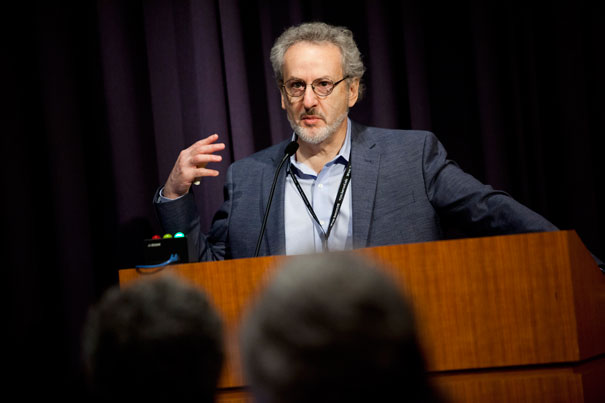
-
Touch, drag, learn
Research by computer scientists, biologists, and cognitive psychologists at Harvard, Northwestern, Wellesley, and Tufts suggests that collaborative touch-screen games have value beyond play.
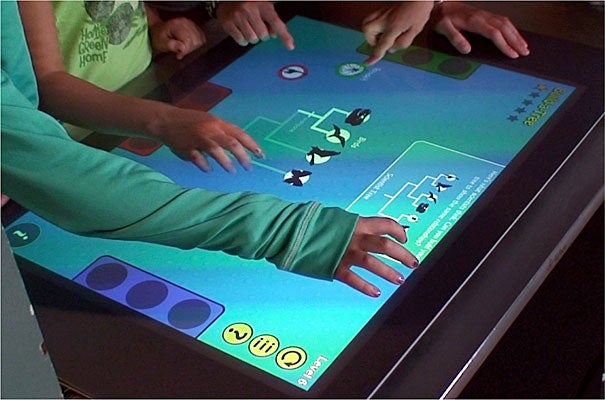
-
A Milky Way cooling its jets
Harvard-Smithsonian Center for Astrophysics’ astronomers have detected for the first time jets of gamma rays extending thousands of light years from the Milky Way’s core, confirming expectations based on observations of other galaxies.
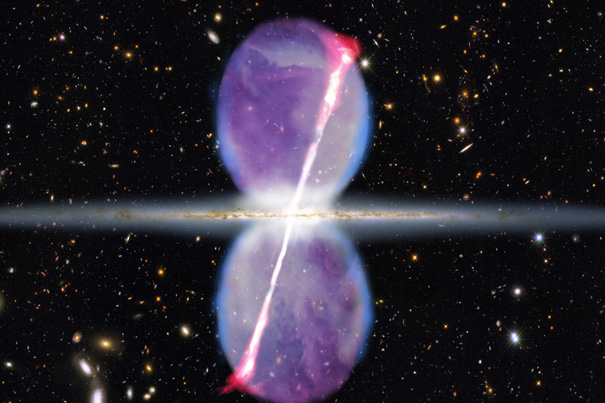
-
Exploring edX 1.0
MIT’s Anant Agarwal, who is the first president of edX, shared early results from the new online education venture’s first pilot course at the second annual Harvard IT Summit.
